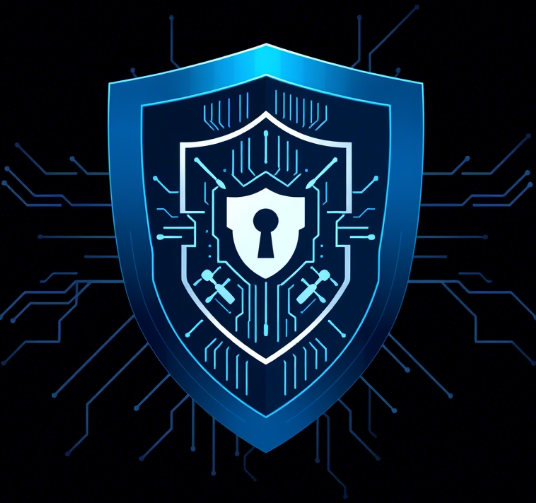Cybersecurity refers to the practice of protecting computer systems, networks, devices, and data from unauthorized access, misuse, damage, disruption, or theft. In an increasingly interconnected world, where technology plays a central role in our personal and professional lives, the importance of cybersecurity cannot be overstated. It encompasses a broad range of measures and practices designed to safeguard digital assets and mitigate the risks posed by cyber threats.
The overarching objective of cybersecurity is to ensure the confidentiality, integrity, and availability of information and systems. Confidentiality involves protecting sensitive data from unauthorized disclosure, ensuring that only authorized individuals or entities can access and view it. Integrity focuses on maintaining the accuracy, consistency, and trustworthiness of data, ensuring that it remains unaltered and reliable. Availability pertains to ensuring that systems and information are accessible to authorized users when needed, minimizing downtime and disruptions.
Cyber threats, which cybersecurity aims to counter, can take various forms and originate from multiple sources. Malicious actors, including hackers, cybercriminals, and state-sponsored groups, leverage sophisticated techniques and tools to exploit vulnerabilities and compromise digital systems.
Cybersecurity is an integral discipline that seeks to protect digital systems, networks, and data from cyber threats. By implementing robust security measures, adopting best practices, and fostering a culture of cyber awareness, individuals and organizations can safeguard their digital assets, maintain trust, and mitigate the risks associated with the ever-evolving threat landscape.
Common cyber threats
Malware: Malicious software such as viruses, worms, ransomware, and spyware that can infect systems, steal data, or cause damage.
Phishing: Deceptive tactics, often through emails or fake websites, to trick individuals into revealing sensitive information such as passwords or financial details.
Social Engineering: Psychological manipulation techniques used to deceive individuals or gain unauthorized access to systems, often by exploiting human vulnerabilities.
Denial of Service (DoS) Attacks: Overwhelming a system or network with excessive traffic, rendering it inaccessible and disrupting services.
Data Breaches: Unauthorized access or disclosure of sensitive data, potentially leading to financial loss, privacy violations, and reputational damage.
To combat these threats, cybersecurity employs a multi-layered approach involving various strategies, technologies, and best practices.
MLA (Multi-layered approach)
RAM (Risk Assessment and Management): Identifying and assessing potential vulnerabilities and risks to prioritize resources and implement appropriate security controls.
NS (Network Security): Implementing firewalls, intrusion detection and prevention systems, virtual private networks (VPNs), and other measures to secure networks from unauthorized access and attacks.
Endpoint Security: Protecting individual devices (e.g., computers, smartphones, tablets) with antivirus software, encryption, and access controls to prevent unauthorized access or data loss.
Application Security: Ensuring that software and web applications are developed and maintained with robust security measures to prevent vulnerabilities and unauthorized access.
Identity and Access Management: Implementing authentication and authorization mechanisms to verify user identities and control access to systems and data.
Encryption: Utilizing encryption techniques to protect sensitive data, both in transit and at rest, making it unreadable to unauthorized individuals.
Security Incident Response: Establishing incident response plans and teams to promptly detect, respond to, and recover from cybersecurity incidents effectively.
Security Awareness and Training: Educating users about cybersecurity best practices, raising awareness of potential risks, and promoting responsible digital behavior.
Cybersecurity is not limited to individual efforts but also encompasses collective initiatives at organizational, national, and international levels. Governments, regulatory bodies, and industry alliances play crucial roles in setting standards, promoting information sharing, and enacting policies to enhance cybersecurity practices. Collaboration and cooperation among stakeholders are essential to tackle cyber threats effectively.
Readmore… or select the topics
Cyber Security Education |
